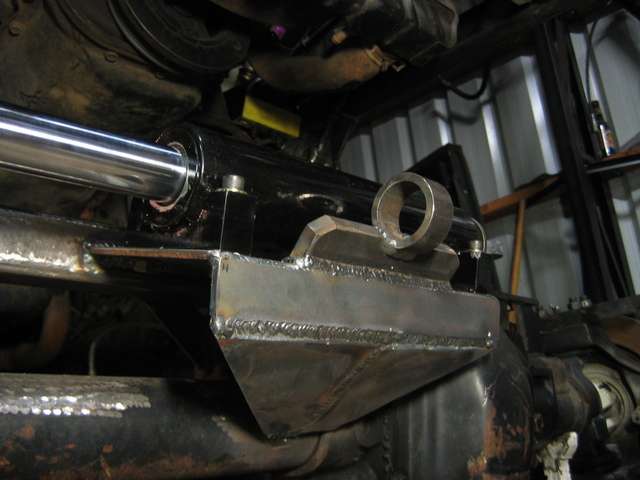themangeraaad
NAXJA Forum User
- Location
- Halifax, MA
So I understand that for a structurally sound bumper I should use a good welder. I have a good welder, except its only a 110V (Millermatic 135).
Currently I am looking to buy a bumper... if the sale doesn't go through, I am thinking about making my own bumper to stock XJ bumper specs, except with clearanced and wrap around corners (as well as weld through recovery points). MAYBE extend it out a bit an add a winch down the line, but that is a different design, I just want to keep it stock for now
My big question is regarding the welder. I know that for a bumper it is recommended to have a 220V welder for a good, deep, wide weld... If I were to try and weld up a 3/16ths bumper with my welder, is it possible/worth doing? I was thinking that I would hit every weld (except 2) from both sides if necessary.
Yes I know it would be a PITA due to the fact that I would need to run the welder at full power (and with 20% duty cycle..that means it would be a long project). But I am talking in terms of strength... I am also planning on learning (or teaching myself) torch welding... but I figure the mig plus torch set is enough for now. I cant afford a big mig or tig for the time being
So opinions? is this a do-able project or should I just save my money and wait until I have a better welder?
Currently I am looking to buy a bumper... if the sale doesn't go through, I am thinking about making my own bumper to stock XJ bumper specs, except with clearanced and wrap around corners (as well as weld through recovery points). MAYBE extend it out a bit an add a winch down the line, but that is a different design, I just want to keep it stock for now
My big question is regarding the welder. I know that for a bumper it is recommended to have a 220V welder for a good, deep, wide weld... If I were to try and weld up a 3/16ths bumper with my welder, is it possible/worth doing? I was thinking that I would hit every weld (except 2) from both sides if necessary.
Yes I know it would be a PITA due to the fact that I would need to run the welder at full power (and with 20% duty cycle..that means it would be a long project). But I am talking in terms of strength... I am also planning on learning (or teaching myself) torch welding... but I figure the mig plus torch set is enough for now. I cant afford a big mig or tig for the time being
So opinions? is this a do-able project or should I just save my money and wait until I have a better welder?
Last edited:

